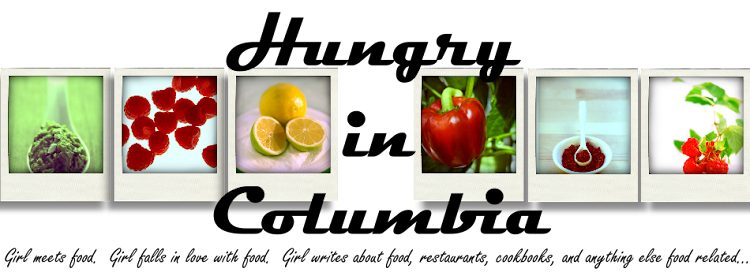Let me just start this post by saying one thing:
I hate frying.
It stresses me out, I can never get the temperature of the oil just right, and I usually end up cursing, crying, getting popped with oil or a combination of all three. The problem? Well, I love fried food. I love frying my own taco shells or making my own pork wontons. The solution? Let Jim do it!
He doesn't mind frying food, so when we make it, he takes over (thank God). I already have two scars on my hand from frying something two years ago. I don't need any more.
I've had a terrible day that involved a forgotten calculator and not understanding the shape of a dam for a conversion problem on a chemistry test. I knew nothing could fix my day like some good old fashioned food therapy! Pan-fried breaded chicken cutlets are familiar and comforting, and when served with roasted potatoes and vegetable gravy it's also refined.
Pan-Fried Breaded Chicken Cutlets
Cutlets:
4 chicken breasts, seasoned with salt and pepper
Flour
2 eggs
2 T. water
Bread crumbs
1/2 sprig rosemary
Place one chicken breast in a gallon Ziploc bag. With the flat side of a meat tenderizing mallet, pound out the breast until it is about a 1/2 inch thick. Repeat with all breasts.
Fill a dinner plate or pie dish with flour. In another dinner plate or pie dish, mix together 2 eggs and 4 t. water (2 t. for each egg). Add enough bread crumbs to another pie dish and mix in rosemary.
Dredge one chicken breast in the flour. Shake off excess flour and place breast in the egg mixture. Let excess egg mixture fall back into the pie dish. Place the breast in the bread crumb mixture and coat until bread crumbs cover the whole breast. Repeat with remaining breasts. Let the breasts rest on a plate or pan for 20-30 minutes.
Add enough oil to a heavy 10-12 inch skillet (cast iron if you've got it) to come a little less than halfway up the side of the chicken, about 1/4 of an inch. And it's important that you don't use olive oil here and instead use another oil like canola, which is still very healthy, because olive oil has too low of a smoke point for the temperature you want to aim for with this dish.
Now that you've got the right kind and amount of oil, heat the oil until it reaches 350 degrees (you have a candy/frying thermometer right?).
Once the oil is good and hot put one of the cutlets into the pan and cook evenly on each side until the internal temperature reads 165 degrees (you have a digital instant-read thermometer right?). Once done, remove the cutlet from the pan and place on a cooling rack with paper towels underneath to catch the excess oil.
If the oil has dropped below 330 degrees, wait until it reaches 350 degrees to begin cooking the next chicken cutlet.
Serve with vegetables and gravy on top.
Vegetables and Gravy
1/2 red onion, diced
1/2 zucchini, sliced
1 large carrot, sliced
Around 15 stalks of asparagus, bottoms cut off and cut into small pieces
1 T. butter
2 T. flour
1/2 c. chicken stock
While the chicken cutlets are resting before getting cooked, heat a large skillet over high heat. When pan is very hot, coat bottom of the pan with olive oil. Add the carrot and onion and let cook, stirring the whole time, for about 1-2 minutes, or until onion starts to become translucent.
Add 1 T. butter and lower heat to medium. Add the asparagus and zucchini and cook for about 1-2 minutes. Add the flour and mix together.
Add the chicken stock and deglaze the bottom of the pan. Let simmer until chicken is done. Salt and pepper to taste.









